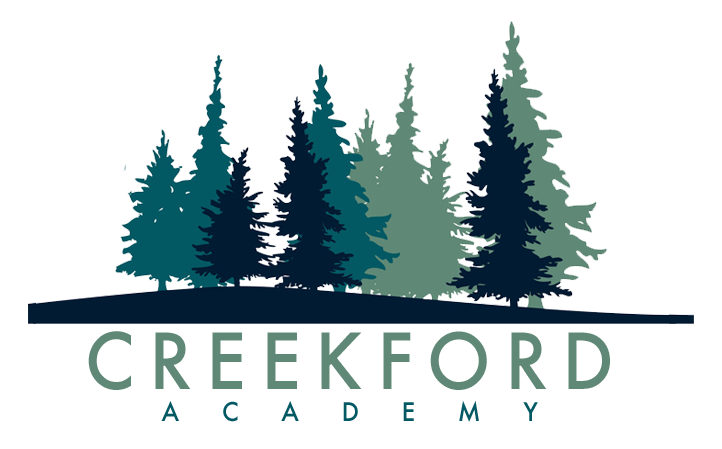Maud Hyde, pedagogue at Stockholmsgave Centrum, is describing what happens when three-year olds begin forest preschool. The Danish word, udflytterbørnehave, a polysynthetic gem, literally translates to “relocation or moving out from the city kindergarten.”
While forest and nature-centered schools are not unheard of around the world, in Scandinavia they positively abound. According to the Danish Forest and Nature Agency, over ten percent of Danish preschools are nestled in forests or other natural settings. While these 500 or so schools differ in terms of surroundings, they all place the natural world squarely at the center of early childhood development.
“Denmark is a green country,” says Søren Emil Markeprand, Director of the Stockholmsgave Centrum preschool, which lies on the doorstep of the country’s sprawling Jægersborg Deer Park. “And outdoors is so big here. We eat organic food and it’s natural to think that nature is a value not only for me but for my children.”
Despite a frigid early spring day, the youngsters of Stockholmsgave Centrum have spent the morning outside. After hanging up their snow suits, they sprawl on the floor with wooden blocks, cheeks still pink from gathering chicken eggs, readying bird houses, and rechecking the compost bins to see whether or not they’ve thawed.
The pet cockroaches, whose uses include periodic maze racing and fish food, crawl around their crate atop the bookshelf. Across the room, children take turns feeling the naked skin of the eight newborn mice writhing in the cupped palm of the pedagogue.
“Nature is good,” says Markeprand, who cites studies showing that kids in forest schools sicken less often and develop more quickly at climbing and balance. “A child develops better when there is space and quiet and room to be social with friends. Yes. We grow a garden here. But we also make sure that the children can grow.”
History of Forest Preschools
According to Niels Ejbye-Ernst, Researcher at Copenhagen University, the first record of a Danish nature school is from 1950, when a woman named Ella Flatau formed a “Walking Kindergarten,” where a daily hike in the woods was part of the curriculum. Within a few years, mothers began organizing schools that bussed their children from Copenhagen’s congested neighborhoods into the countryside.
By the 1970s, as record numbers of Danish women donned bellbottom suits and joined the workforce, local governments were tasked with filling the huge demand for childcare. More preschools, including ones with nature-based themes, opened every year.
But Forest preschools, according to Markeprand, were not only about fresh air for children. They were also a way to entice Copenhageners to remain urban, rather than “udflyttning” to the suburbs.
Operation Spring Chicken
Each preschool in Denmark has latitude in spending child subsidies allotted by the government. For the pedagogues of Stockholmsgave Centrum, chickens have been an obvious next step for their children to learn about the natural world.
“Kids go to supermarkets,” explains Hyde, “and they see chicken meat and they don’t know where it comes from.”
“Or, that when they eat a burger, it used to be a living cow,” adds Mark Lundberg, another pedagogue. “Parents are not good at telling their children tough things.”
An important lesson, the teachers agreed. So last spring, after hatching eggs in an incubator, the staff built a coop in their sprawling yard while the children began catching bugs and worms to feed the growing chicks. But once they reached six months, the staff altered the lesson.
'“It was clear from the start that we had to slaughter them,” said Hyde. But as it got close to that time, we felt the children should see it.”
“We had a good debate with pedagogues and parents,” added Markeprand. “But it’s part of nature. The hens had a good life and it’s okay to take it away. We don’t like to do it, but it’s part of life.”
So one fall morning, the teachers and children formed a circle around a tree stump with Lundberg, the pedagogue with former animal husbandry experience, in the center. Of the 60 or so children at the school, only one was forbidden by a parent to watch.
“I told the children about the whole process,” said Lundberg. “I said, ‘Now I’m going to hit the chicken on the head so it won’t feel anything. Now I’m going to cut off its head.’ Because we had talked about it from the beginning, it was nothing scary. The children were excited. Now we have new chicks again. When I tell the small kids that we’re going to eat them, they don’t believe me.”
As some of the children gathered round to help pluck the feathers, one boy’s reaction confirmed for Hyde that the project had been a success.
“This little boy pulled out a feather and said, ‘Oh-there’s chicken inside!’”
Article source: http://denmark.dk/en/meet-the-danes/forest-preschools





